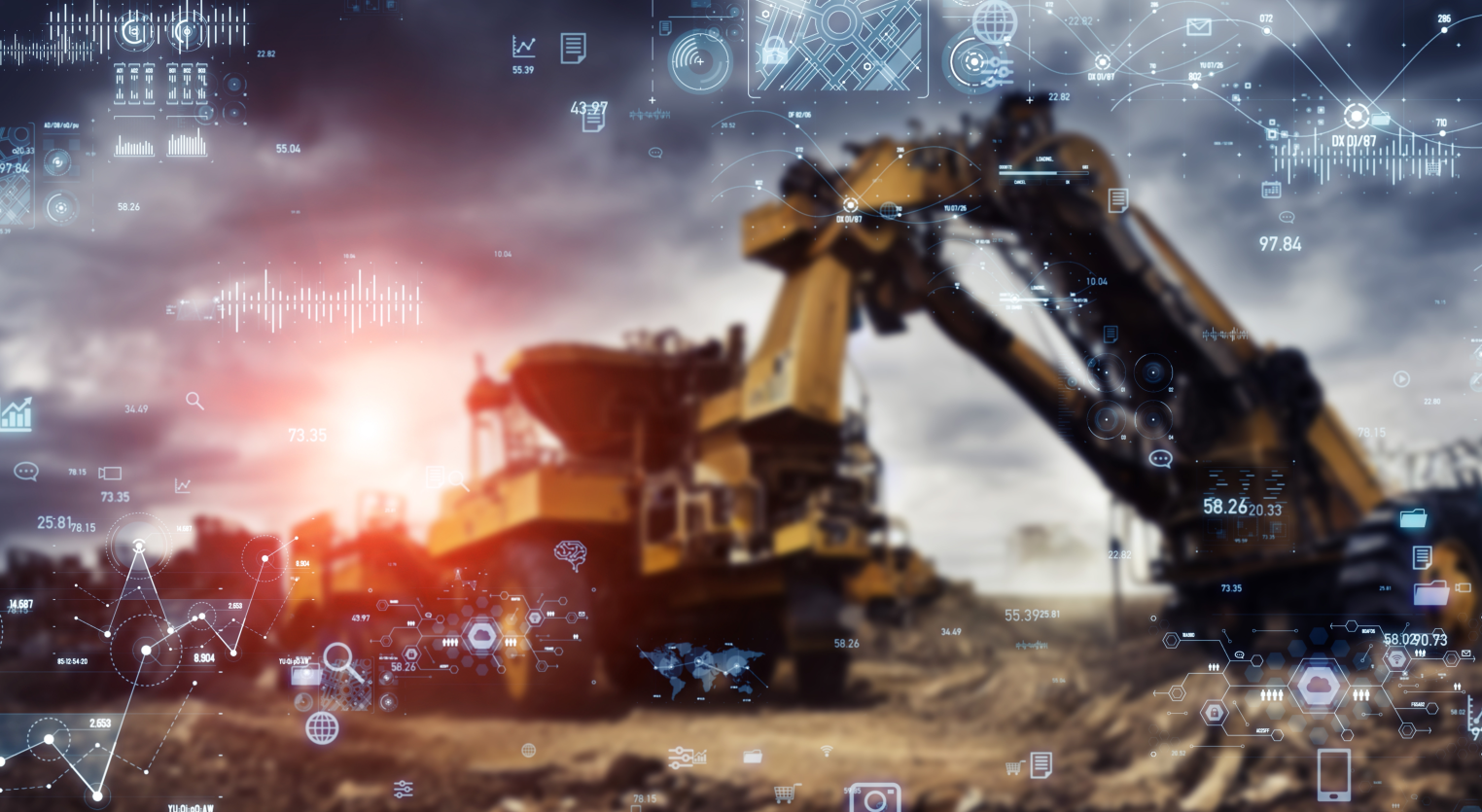
Mining the future: the role of AI and satellite technology in biodiversity preservation, carbon capture, and infrastructure enhancement. By Shashin Mishra
In an era driven by an urgent need for sustainable practices, the crucial role of artificial intelligence (AI) and satellite technology in addressing environmental challenges within the mining sector becomes increasingly apparent. As the industry grapples with meeting net zero commitments and the escalating demand for raw materials amid the clean energy transition, it can no longer afford to operate without embracing innovative solutions. Inadequately managed mining, marked by high emissions and ecological and biodiversity damage, necessitate a transformative approach.
The mining industry has a huge asset in its favor when it comes to making verifiable environmental gains – unused land. Data indicates that up to 90 percent of

mining-owned land sits idle, while 80 percent of previously mined areas remain unused for subsequent activities. In the United States, around 1.29 million hectares of land have been reclaimed from coal mining between 1975 and 2001.
Exploring the unchartered potential of this unused land not only allows mining to adapt to current demands but also charts a course towards a sustainable future. Advances in AI and satellite technology can assess, monitor, and track environmental metrics such as biodiversity and carbon capture potential at scale and at speed, enabling mining businesses to launch their own environmental projects on their own land.
And, by utilizing both the surrounding land with no immediate mining plans and the already mined areas, where land recovery holds the greatest potential for environmental improvements, there is a significant opportunity.
Integrating AI and satellite technology into mining operational frameworks provides invaluable insights and tools to proactively address three key areas:
- Preserving biodiversity
- Carbon capture initiatives
- Enhancing critical infrastructure resilience
1 – Preserving biodiversity
Mining operations continue to exert significance pressures on biodiversity, clearing extensive areas of land for extraction. Currently, there are over 3,300 large-scale mines – operational, planned, or dormant – located in forests, often in areas of high biodiversity value. As biodiversity emerges as the next major environmental challenge, the implementation of biodiversity net gain (BNG) programs is crucial.
Guided by satellite and AI data, these programs enable mining companies to actively mitigate their environmental impact by restoring and enhancing biodiversity on their land – a critical contribution in an era where biodiversity is estimated to be linked to more than 50 percent of global GDP. Efforts are underway to ensure that development leaves biodiversity in a better state than before, seen with the United Kingdom developing legislation mandating BNG starting in early 2024.
Traditionally, quantifying biodiversity in mining areas involves manual, complex, and often methodologies that result in unconscious bias. Now, companies can automate habitat surveys from space, providing rapid and accurate measurement of key biodiversity metrics, facilitating real-time monitoring and swift decision making in conservation strategies.
These technologies empower mining companies to set and track biodiversity targets accurately while reducing operational costs by up to 75 percent compared to traditional approaches.
2 – Carbon reduction initiatives
As with biodiversity net gain, the mining industry can leverage its expansive land holdings to establish carbon reduction programs – a vital step, given that mining currently contributes between four and seven percent of greenhouse gas emissions globally. By using satellite images combined with AI, it is possible to identify optimal locations within mining sites for implementing carbon reduction programs and to continually monitor and measure carbon reduction levels.
This not only aligns with the industry’s commitment to achieving net zero but also addresses the challenges associated with the uncertain carbon credit market. Mining businesses can independently quantify the amount of carbon captured on their land, ensuring compliance with rigorous standards. This offers a robust foundation for credible ESG, whilst also achieving substantial cost savings against more premium off-site carbon removal credits, likely to focused on in a credit market.
3 – Enhancing critical infrastructure resilience
AI and satellite technology also serve as important tools for enhancing reliability, conducting risk assessments, and strengthening the overall operational resilience of critical infrastructure. With the ability to assess vast networks of roadways, railways, and utility assets remotely, these technologies enable rapid identification of potential issues without physical presence. The monitoring capabilities extend to detecting underground movement and risks, supporting resource planning, safety management, and the mitigation of operational risks. Additionally, the technology facilitates utility network mapping and asset management at scale, providing the latest information for efficient operations and risk reduction.
With climate change increasing the frequency and severity of natural disasters, it is important for the mining industry to be prepared. Satellite and AI technology can detect wildfire risks and storms, providing early warnings that enable timely actions to mitigate the impact and costs of such events.
As we step into 2024, businesses face a landscape rife with complex challenges. However, integrating advances in technology into operational strategies presents a transformative opportunity to preserve biodiversity, reduce carbon emissions, and strengthen critical infrastructure while continuing to provide the raw materials the world requires.
Shashin Mishra is Vice President of EMEA at AiDash. AiDash is an AI-first vertical SaaS company on a mission to transform operations, maintenance, and sustainability in industries with geographically distributed assets by using satellites and AI at scale. With access to a continual, near real-time stream of critical data, utilities, energy, mining, and other core industries can make more informed decisions and build optimized long-term plans, all while reducing costs, improving reliability, and achieving sustainability goals.